Author: Jake Huolihan
Developed by the Hopsteiner Breeding Program and released to the public in 2006, Bravo is considered a “super alpha” hop due to it’s high alpha acid percentage (AA%), making it ideal for bittering applications since a smaller amount can be used to achieve desired levels of bitterness. However, unlike some other high AA% varieties, some brewers have found Bravo to impart favorable characteristics when used later in the process.
Alpha: 15 – 18%
Beta: 3.5 – 5.5%
Cohumulone: 28 – 35%
Total Oil (mL/100g): 2.3 – 3.5
Myrcene: 55 – 60%
Humulene: 8 – 11%
Caryophyllene: 6 – 8%
Farnesene: <1.0%
Linalool: 0.4 – 0.6%
Geraniol: 0.7 – 0.9%
ß-Pinene: 0.8 – 1%
Parentage: Zeus, 98004, USDA 19058m
With descriptors include orange, vanilla, and floral, Bravo certainly sounded to me like a rather ideal variety for the hop-loving masses, and having never used it before, I was excited to put it to the test for this edition of The Hop Chronicles.
| MAKING THE BEER |
So that the hops would be center stage, I designed a Pale Ale with a simple grist that would receive most of the Bravo hops late in the boil and in the dry hop.
Bravo Pale Ale
Recipe Details
| Batch Size | Boil Time | IBU | SRM | Est. OG | Est. FG | ABV |
|---|---|---|---|---|---|---|
| 5.5 gal | 60 min | 37.9 IBUs | 3.6 SRM | 1.045 | 1.010 | 4.6 % |
| Actuals | 1.045 | 1.008 | 4.8 % | |||
Fermentables
| Name | Amount | % |
|---|---|---|
| Pale Malt (2 Row) US | 9.25 lbs | 90.24 |
| Vienna Malt | 1 lbs | 9.76 |
Hops
| Name | Amount | Time | Use | Form | Alpha % |
|---|---|---|---|---|---|
| Bravo | 5 g | 60 min | Boil | Pellet | 13.2 |
| Bravo | 10 g | 30 min | Boil | Pellet | 13.2 |
| Bravo | 30 g | 5 min | Boil | Pellet | 13.2 |
| Bravo | 30 g | 10 min | Aroma | Pellet | 13.2 |
| Bravo | 30 g | 5 days | Dry Hop | Pellet | 13.2 |
Yeast
| Name | Lab | Attenuation | Temperature |
|---|---|---|---|
| California Ale (WLP001) | White Labs | 77% | 68°F - 73°F |
Notes
| Water Profile: Yellow Bitter in Bru’n Water Spreadsheet |
Download
| Download this recipe's BeerXML file |
I readied my ingredients and began filtering my RO water the day before brewing.
I woke up early the next morning and began heating the full volume of water adjusted to my target profile in preparation for a standard Brew In A Bag batch.
As the water was coming to temperature, I weighed out and milled the grains.
With strike temperature reached, I mashed in by dropping my fabric filter full of grains into the kettle of hot water then gently stirring before confirming I’d hit my target mash temperature.
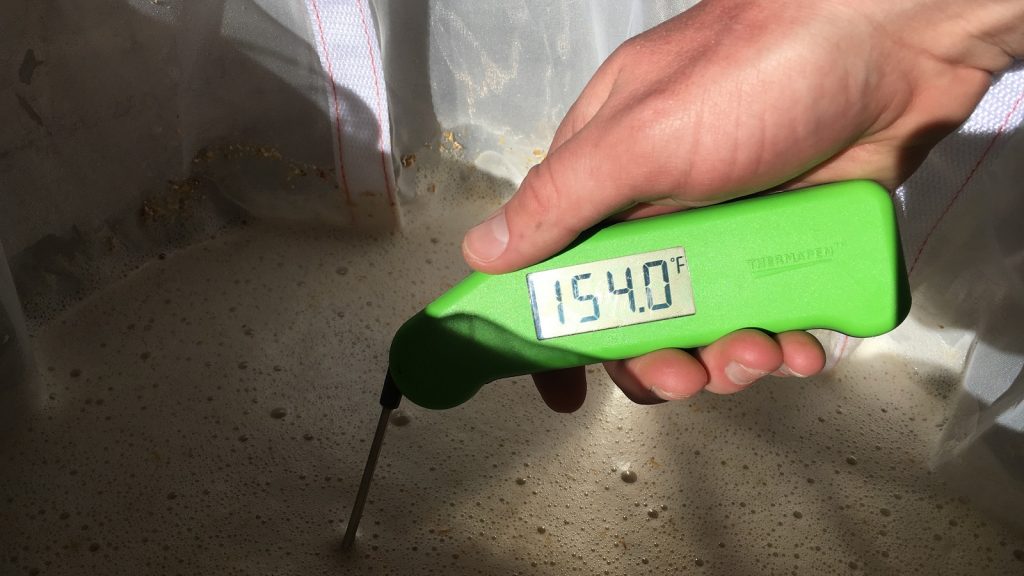
A pH measurement 15 minutes into the mash revealed the adjustments I’d made worked, as it was right where I wanted it to be.
I let the mash rest for 60 minute rest, returning occasionally for a brief stir.
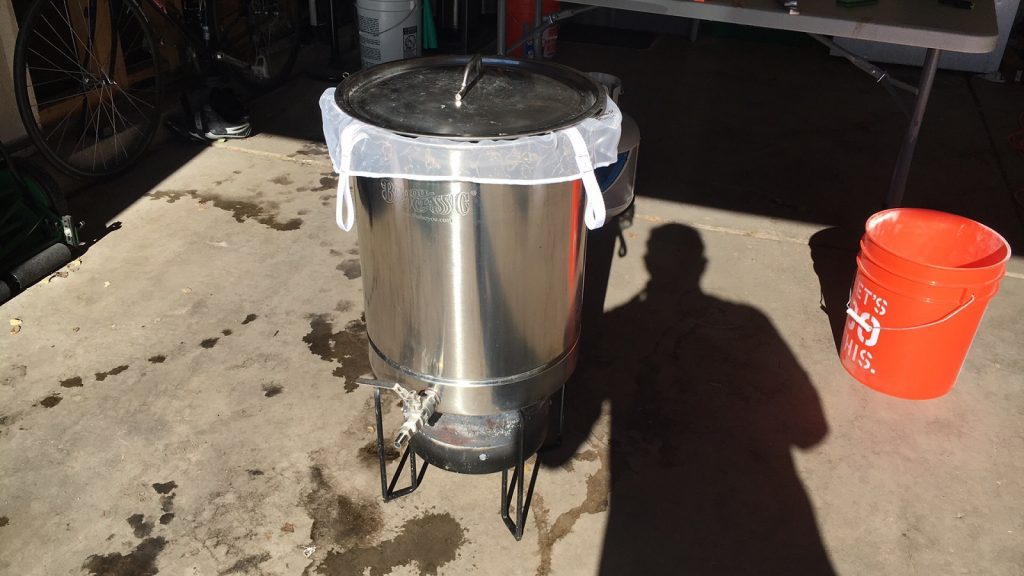
When the mash step was complete, I simply pulled the bag out of the kettle and let it drain until my target pre-boil volume was reached.
With the bag no longer at risk of being scorched, I lit the flame under my kettle and measured out hops while I waited for a boil to be reached.
The wort was boiled for 60 minutes with hops added at the appropriate times.
Once the boil was over, I quickly chilled the wort to my desired pitching temperature of 66°F/19°C.
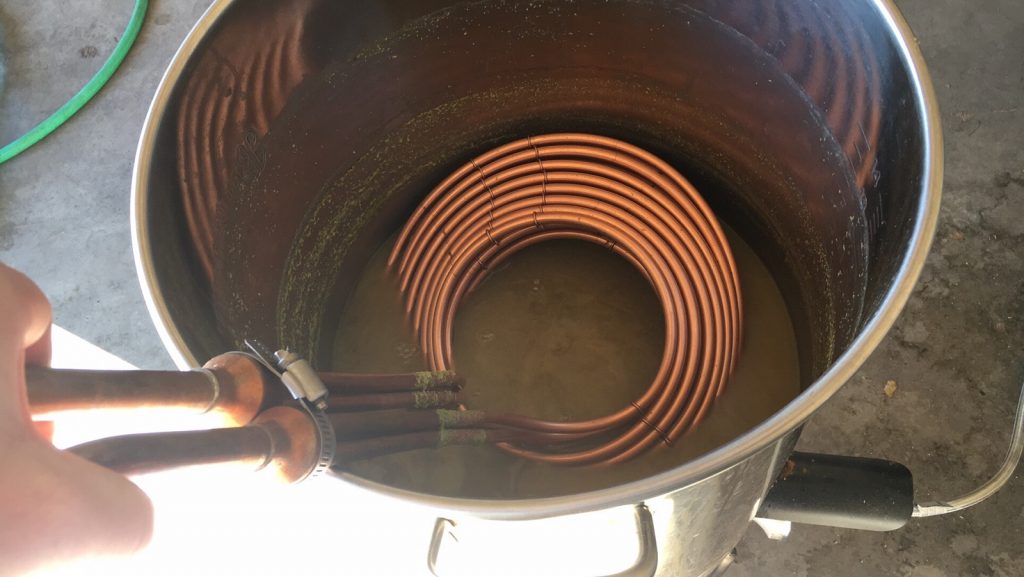
A hydrometer reading showed my OG came in a hair lower than I’d planned, but nothing worth worrying about.
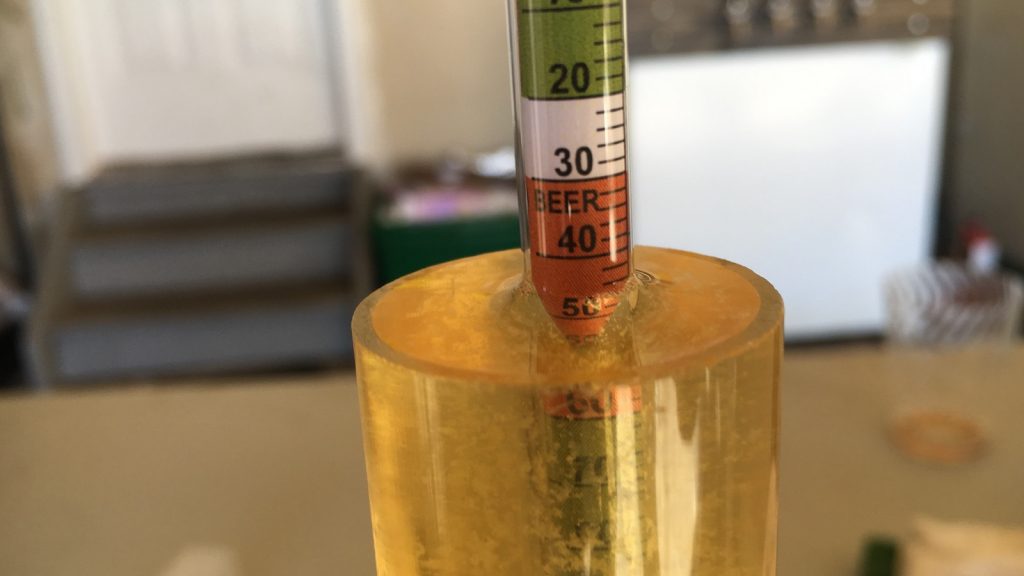
At this point, I made a vitality starter by collecting 500 mL of wort in a sanitized flask, pitching a pack of WLP001, and placing it on my stir plate.
I then filled a fermentor with wort and placed it in my cool chamber where it sat for 4 hours while the starter was spinning, after which I pitched.
Returning 24 hours later, I noticed the always pleasing sight of active fermentation.
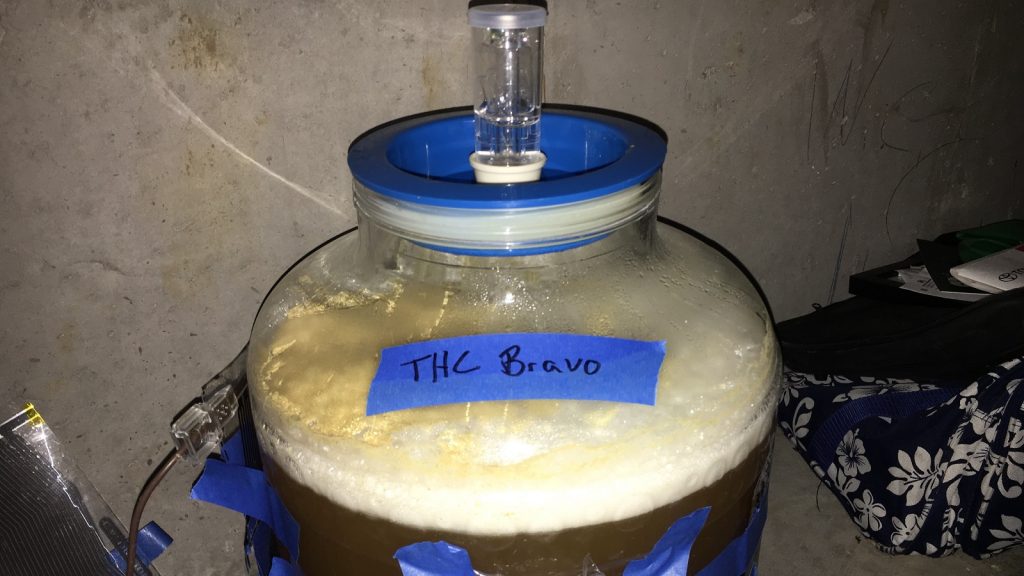
Activity was dwindling by 5 days post-pitch, so I took a hydrometer measurement showing FG had been reached.
I added the dry hop charge and left the beer at fermentation temperature for a few days before proceeding with cold crashing, fining with gelatin, and kegging.
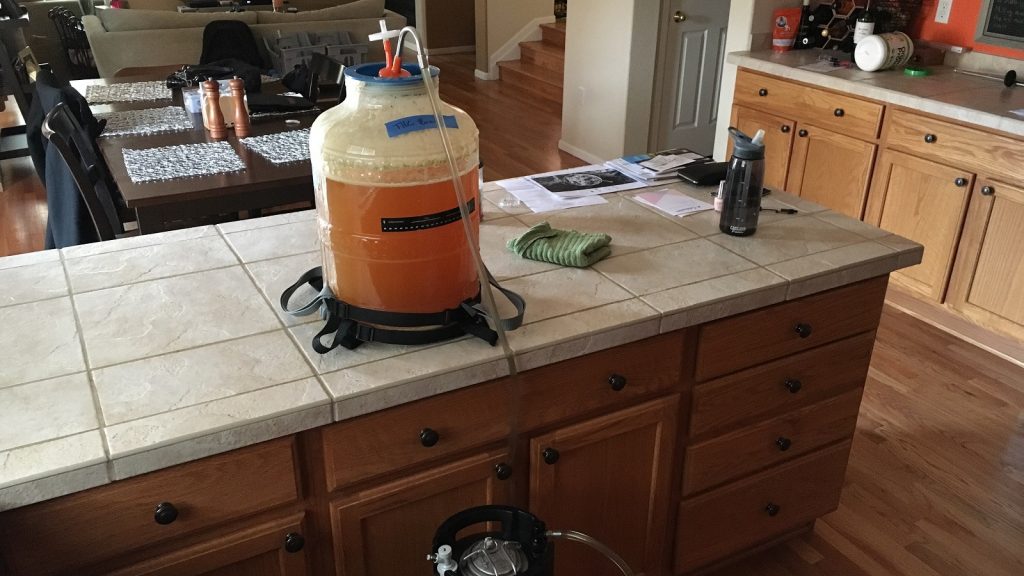
The filled keg was placed in my keezer where it was burst carbonated overnight then reduced to serving pressure and left to condition for a few more days. When it came time to collect data, the beer was nicely carbonated and looking great!
| METHOD |
Participants were instructed to focus only on the aromatic qualities of the beer before evaluating the flavor. For each aroma and flavor descriptor, tasters were asked to write-in the perceived strength of that particular characteristic on a 0-9 scale where a rating of 0 meant they did not perceive the character at all and a rating of 9 meant the character was extremely strong. Once the data was collected, the average rating of each aroma and flavor descriptor was compiled and analyzed.
| RESULTS |
A total of 39 people participated in the evaluation of this beer, all blind to the hop variety used until after they completed the survey. The average aroma and flavor ratings for each descriptor were plotted on a radar graph.
Average Ratings of Aroma and Flavor Perceptions
The 3 characteristics endorsed as being most prominent by participants:
| Aroma | Flavor |
| Tropical Fruit | Citrus |
| Citrus | Tropical Fruit |
| Stone Fruit | Floral |
The 3 characteristics endorsed as being least prominent by participants:
| Aroma | Flavor |
| Onion/Garlic | Onion/Garlic |
| Dank/Catty | Dank/Catty |
| Berry | Earthy/Woody |
When asked to rate the pungency/strength of the hop, the majority of tasters perceived it as being mild to moderately pungent.
Tasters were then instructed to identify beer styles they thought the hop would work well in.
Finally, participants were asked to rate how much they enjoyed the hop character on a 1 to 10 scale.
My Impressions: I was pretty intrigued to try my hand at making a single hop beer with a variety known mostly for its bittering qualities, and I have to say, this turned out far different than I expected. To me, the Bravo imparted intense fruity flavors characterized mostly by orange with a nice light pulpiness that seemed to coat my mouth. The bitterness was clean and I got very little in the way of the rougher hop flavors I’ve come to expect from the traditional American C-hops. Orange being one of my favorite flavors, I found Bravo to be an impressive variety that I definitely plan to use more of in the future, perhaps as a substitute for Mandarina Bavaria, a new favorite of mine.
| CONCLUSION |
For a variety that’s been around over a decade and has developed a reputation almost solely on its bittering potential, it’s pretty rad to discover that it can hold its own when used later in the process. In fact, given my very positive experience with this beer, I can’t help but wonder if Hopsteiner’s decision to market Bravo primarily as a hop used for bittering has led to it’s relative lack of popularity among hoppy beer brewers.
I couldn’t agree more with the results from blind participants, Bravo imparted a deliciously pungent citrus flavor balanced nicely by notes of tropical fruit and a hint of floral character that I think would work just as beautifully in a liberally hopped IPA as it would a less aggressive Amber Ale or Saison. And on top of all that, the bitterness quality was smooth and enjoyable. Bravo is an absolute winner in my book, a hop not only plan to integrate into my brewing, but am comfortable recommending others try as well, especially those who enjoy beers with a nice dose of fruity goodness.
If you have any experience using Bravo hops or thoughts on this edition of The Hop Chronicles, please feel free to share them in the comments section below!
Support for this edition of The Hop Chronicles comes from Hopsteiner, a leading grower, trader, and processor of high quality beer hops since 1845.
Support Brülosophy In Style!
All designs are available in various colors and sizes on Amazon!
Follow Brülosophy on:
FACEBOOK | TWITTER | INSTAGRAM
If you enjoy this stuff and feel compelled to support Brulosophy.com, please check out the Support Us page for details on how you can very easily do so. Thanks!



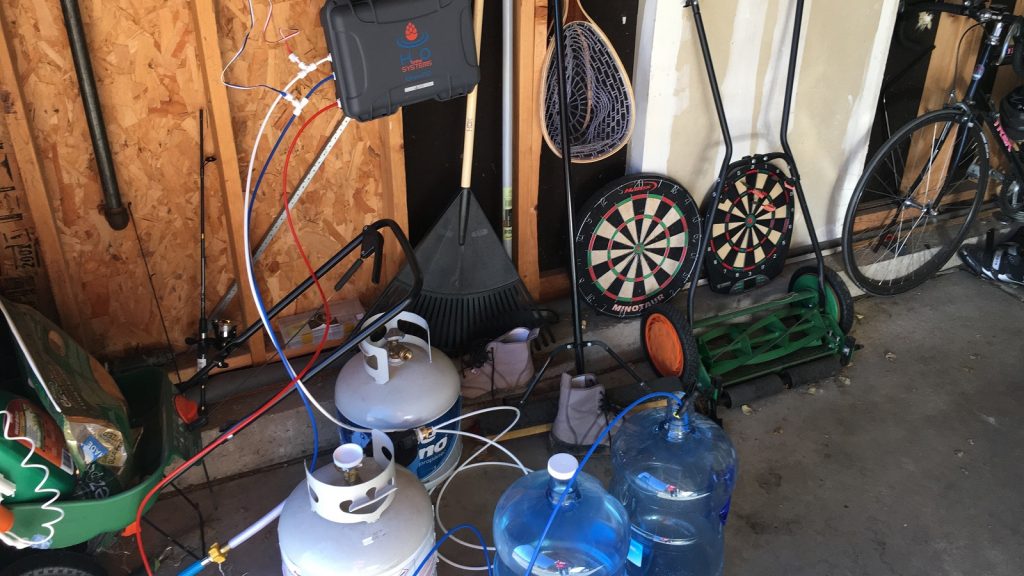
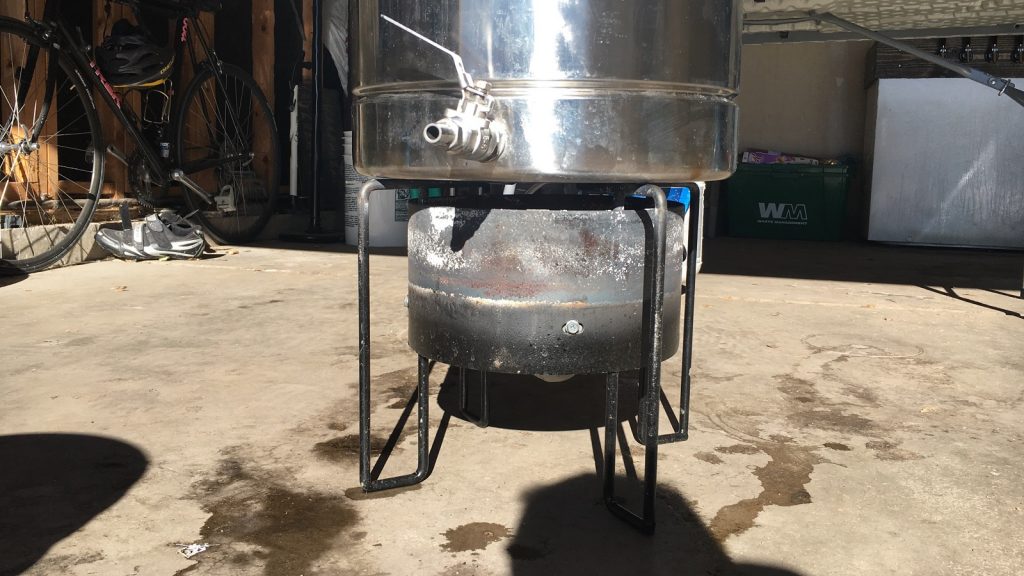
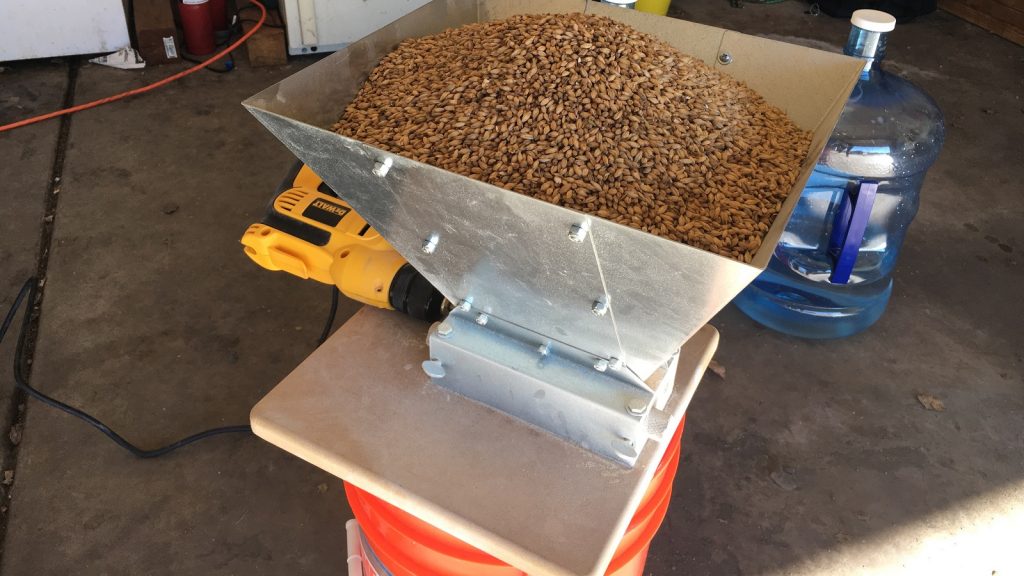
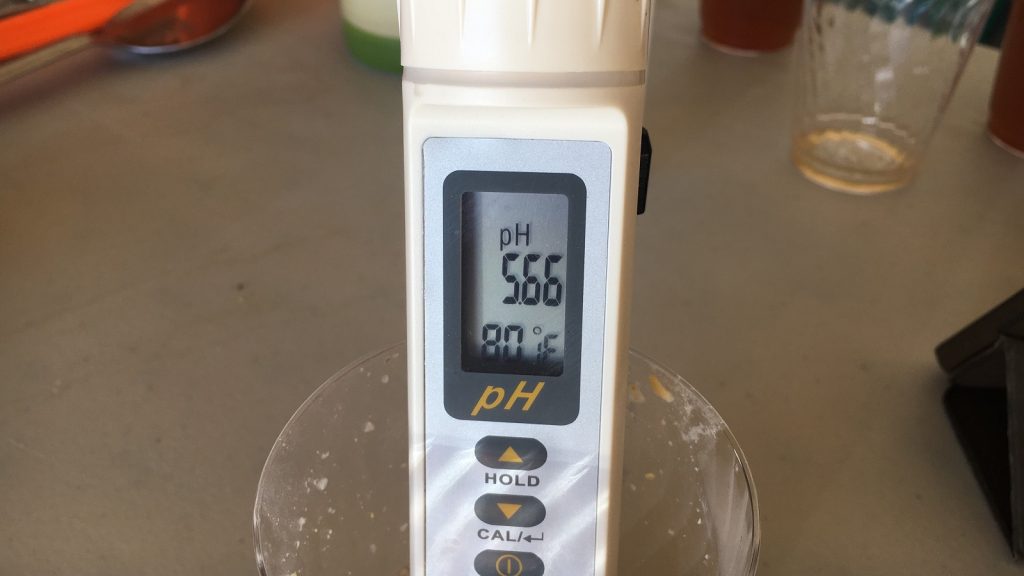
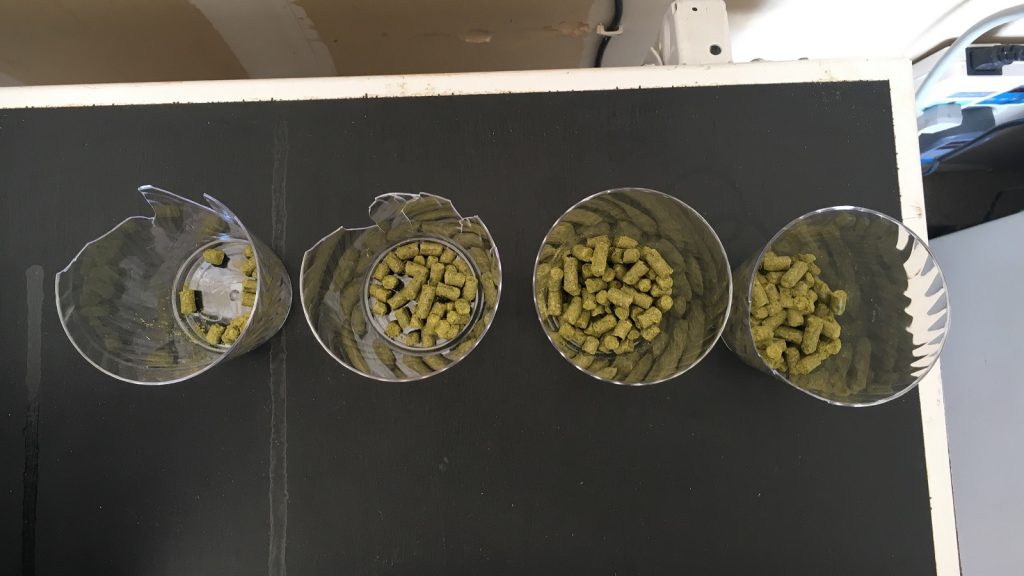
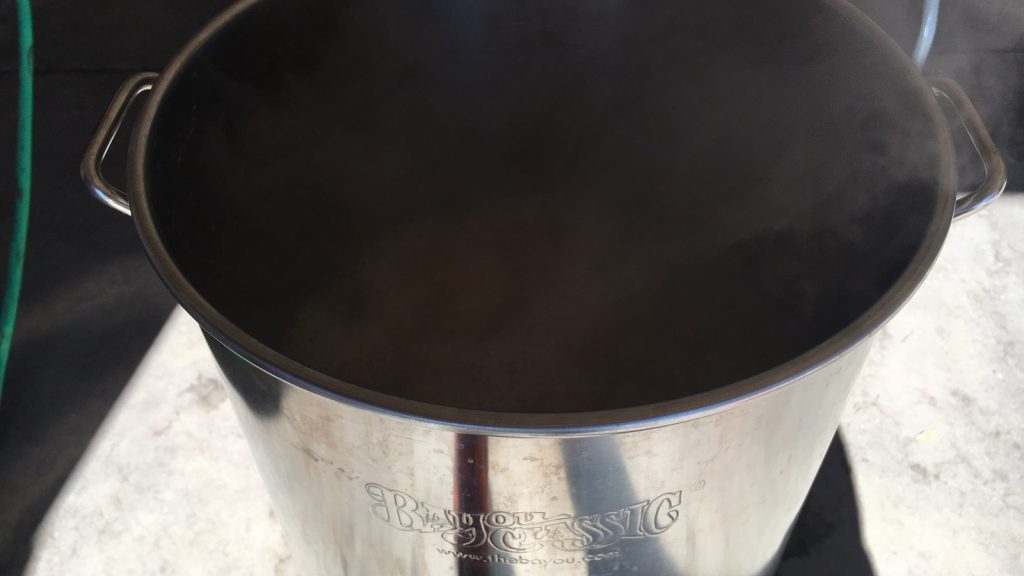
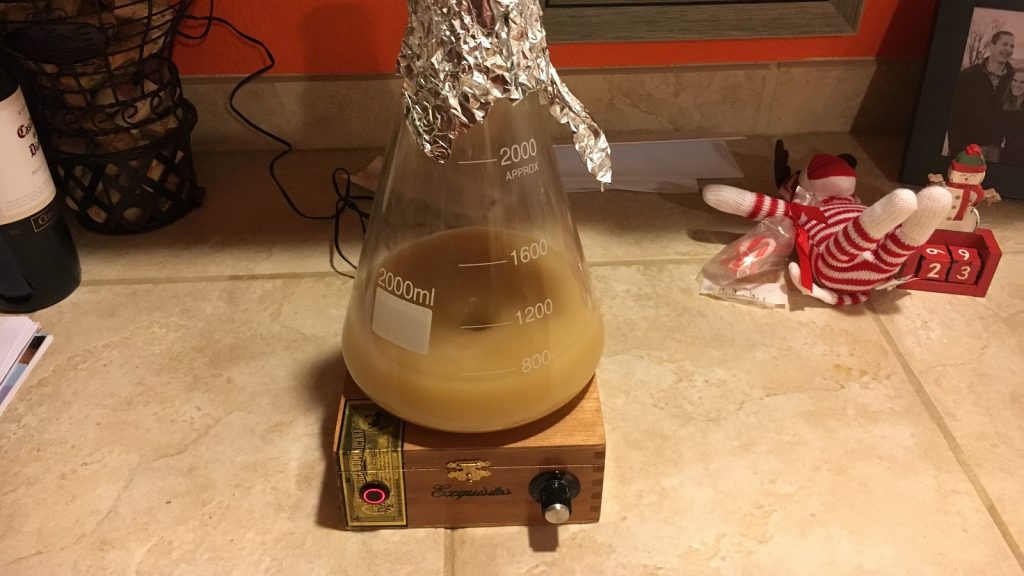
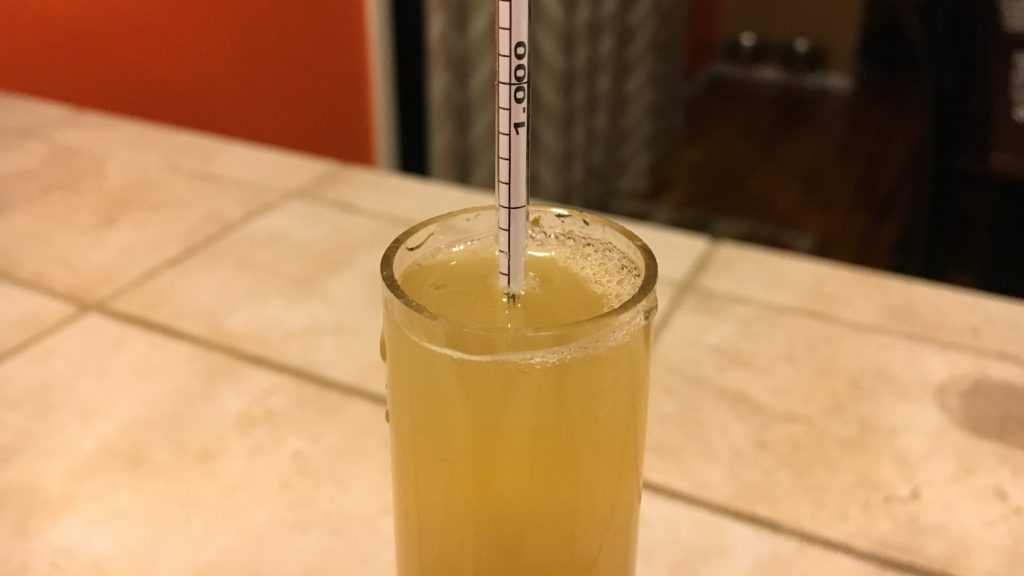
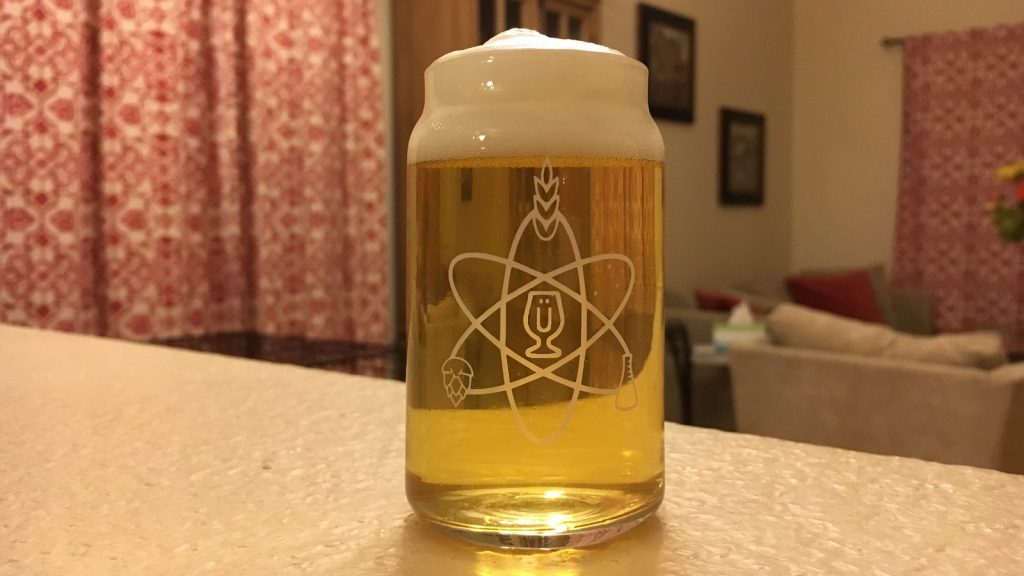
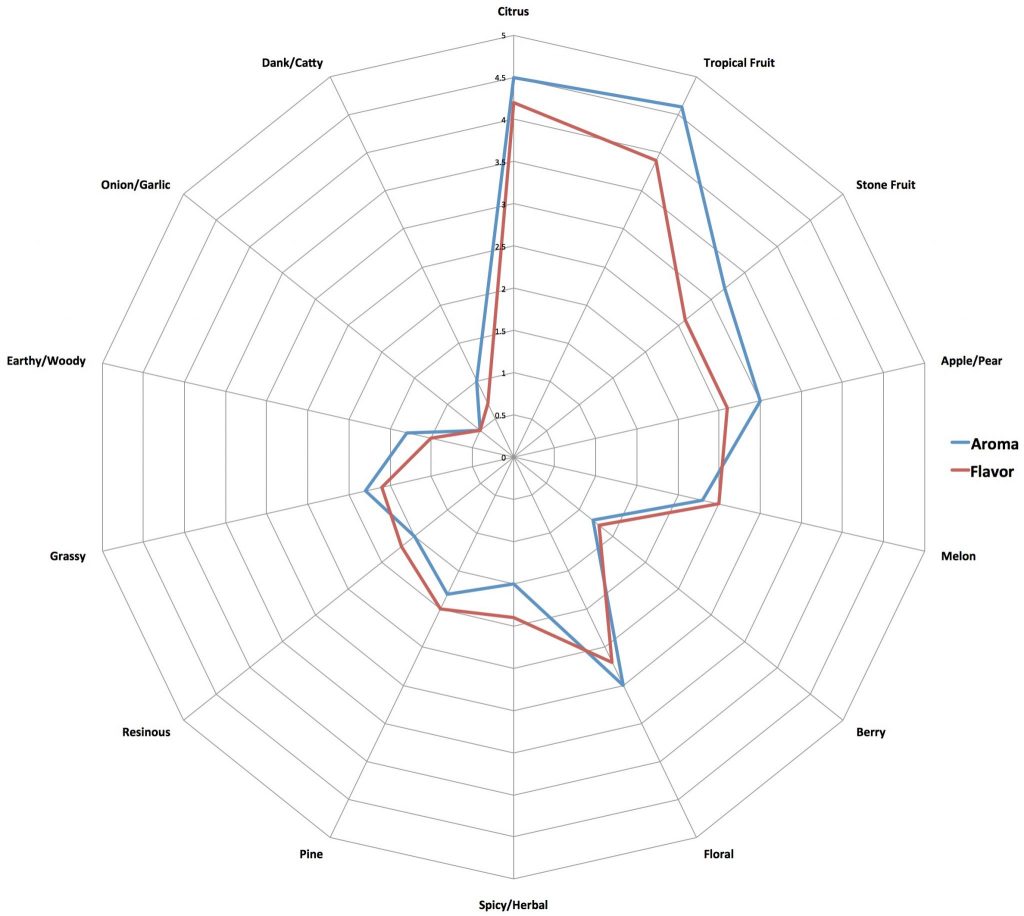
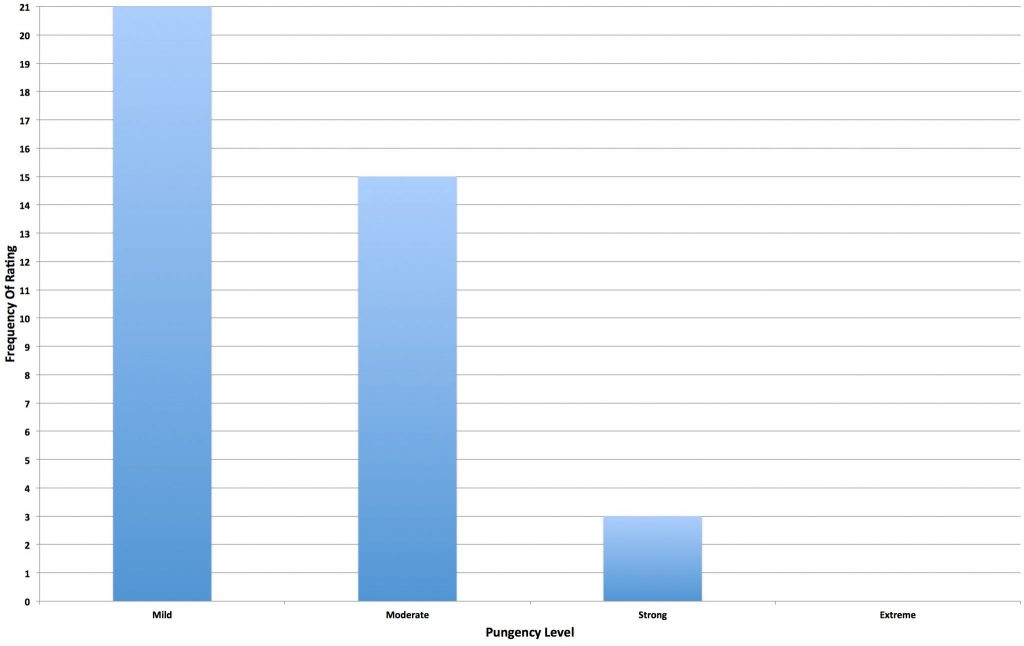
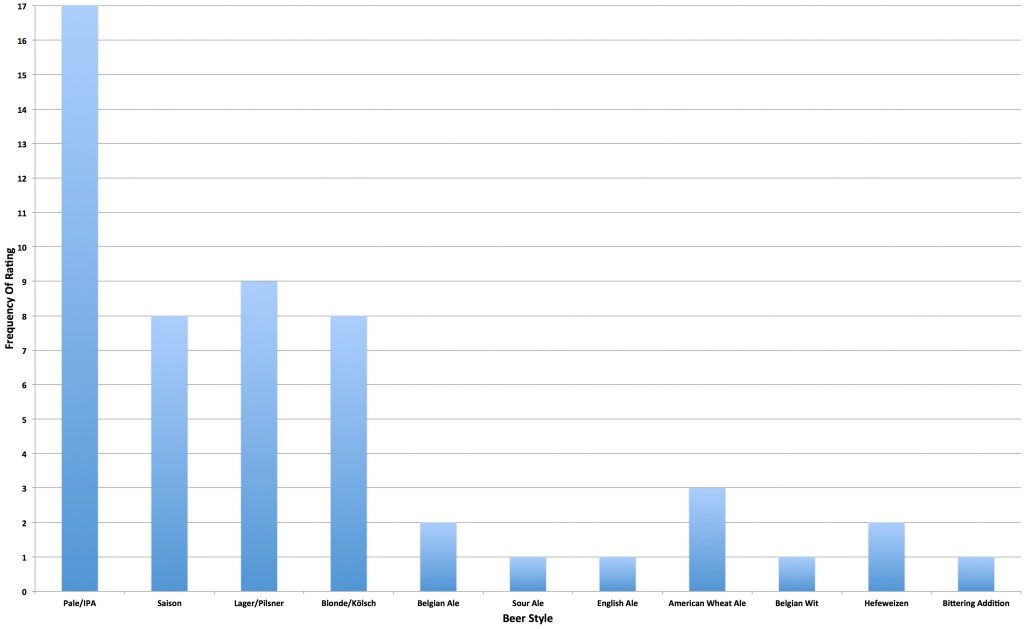
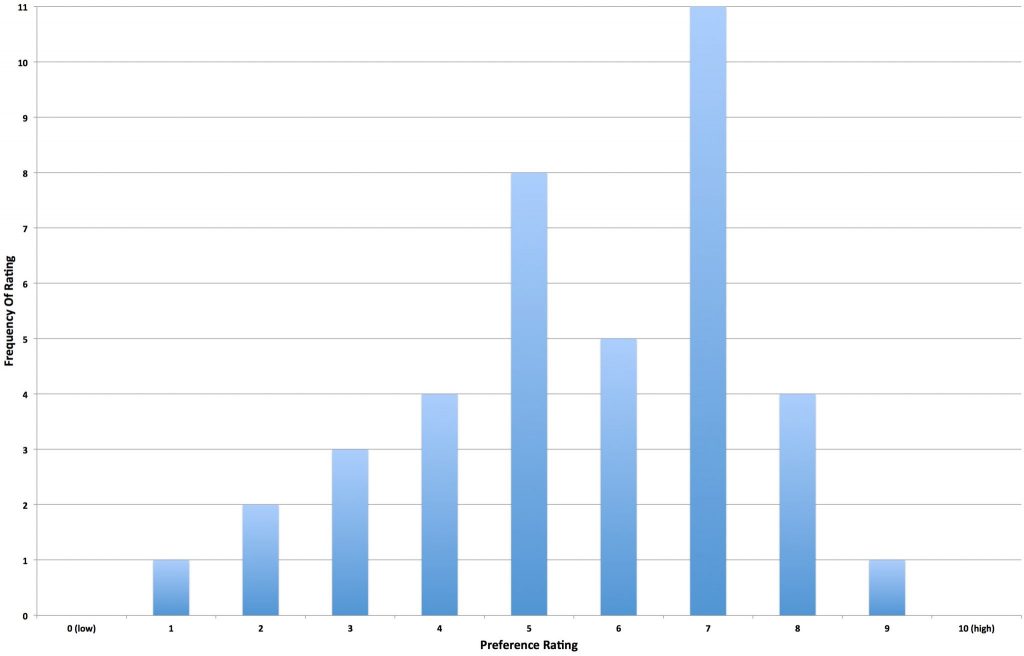











23 thoughts on “The Hop Chronicles | Bravo (2016) Pale Ale”
I have been reading this blog for a while, and enjoy seeing and reading which equipment is being used. I think it would be helpful to update the equipment section with the different testers profiles and gear. There seems to be a span of equipment in terms of both price and preference, as a newer brewer I am always looking for my next purchase or upgrade I think this would be very helpful.
Thank you all for your commitment to the art of brewing.
Good idea, I’ll look into such an update!
Really cool! I have only used Bravo for bittering. Looks like it’s time to give it a shot for flavor/aroma.
This is a great write up on Bravo! We have been using Bravo for bittering on all our beers because our local shop sells it cheap by the half pound and pound. I’ve been toying with a SMASH 2IPA recipe with Marris Otter and Bravo since i have so much of both and now I’m going to go ahead with it.
These hop chronicles are a great tool for homebrewers to use new hops in recipes without really thinking of it as an experiment. You’ve done all of the pre-work so we have realistic expectations of the finished product. Cheers!
How did your SMASH 2IPA with Bravo turn out? I mistakenly brewed a big smash beer with bravo and found the bitterness and herbal character insanely overbearing.. like Fernet-Branca levels of herbal bitterness. No orange.
Thanks for the article Marshall I really enjoyed reading more about Bravo. I have some in my freezer and have mainly used it for bittering, but this past winter when I did a DIPA I used it as my bittering hop but also as a dry hop too. I paired it with Falconer’s Flight, Amarillo and Citra. It was a huge hit with family, friends and fellow brew club members. Even the head brewer at the local nano-brewery we meet at (also part of the home brew club) wanted to trade some of my brews with his for the holidays. We did a common mash and each member did our own boils with our own hops, yeast and anything else.
On a side note, thanks for the great podcast and keep up the great work!
Sounds delicious, I’ll have to give it a try
Great write up as always! This gets me excited to try out some of the “older” hop varieties to see what they can do. Was the target ph 5.6 or am I missing something? It just seems a little high?
It’s possible I measured the pH too soon before it had time to come down from the grains. No acid predicted from BS was ~5.6 which I thought seemed fine
Jake great write up. One thing i would find helpful is discussion on hop pairings. I’m thinking about using bravo with cascade ir citra in an American red Ale… Basically a pale ale with a stronger malt profile. What areas your thoughts on pairing bravo with other hops.
I too think some kind of article on hop pairings would be a great addition. Thanks for all of the info you guys provide.
I also wondered about the higher pH target. 6.6 is higher than I usually aim for in lighter beers.
The other thing I noticed; you said the majority of tasters rated it as moderately pungent but the chart shows more rating it as mild??
Orange. Hmmmm. Any thoughts about using this for a juicy NEIPA?
Think that would be great!
Nothing to do with bravo, but I am curious regarding the hydrometer reading for the OG. Could that reading be easily read as 1.046 as well? We are to measure at the bottom of the meniscus and it looks pretty dang close to 1.046. It is very hard to decipher 0.001 gravity point on these hydrometers.
1.045 or 1.046, meh I’ll call it 1.0455 haha
haha I had this issue on my last batch. My target gravity was 1.049 and I could not tell between a 1 point or 2 point gravity reading on the hydrometer. I’m staying with even original gravity targets from now on. lol
How did you mount the orange carboy cap to the big mouth bubbler? Looks really simple, but I can’t figure it out…
It’s not mounted, simply press it to form a seal and start the siphon
Oh boy, another citrus/tropical fruit hop. That’s…nice…
I mean, you can go to a bar and have your choice of several citrusy and/or tropical IPAs. It’s honestly getting kind of boring. (But this is irrelevant to your write-up here, which has valuable information and is done well. I’m glad you do these–it’s nice to get blind input on the hops’ characteristics.)
I’ve heard that the high oil content in Bravo can help provide a “boost” to other hops when used in conjunction, but it sounds like they are perfectly good even on their own. Thanks for the writeup – I’ll be checking these out soon!
Any guess how this might play with El Dorado?
Sadly I’ve not used El D, probably good though? It’s a great hop haha
The local brewery (Wiseacre) seemingly has a hard-on for Bravo, as they use it in pretty much every beer they make. I’m not gonna lie, I was kind of disappointed they didn’t use a German noble hop in their Oktoberfest. Instead they used Bravo. A little disappointed because I don’t think Bravo fits the style. Having said that, I think Bravo has lots of potential with beers such as APA and Kolsch.